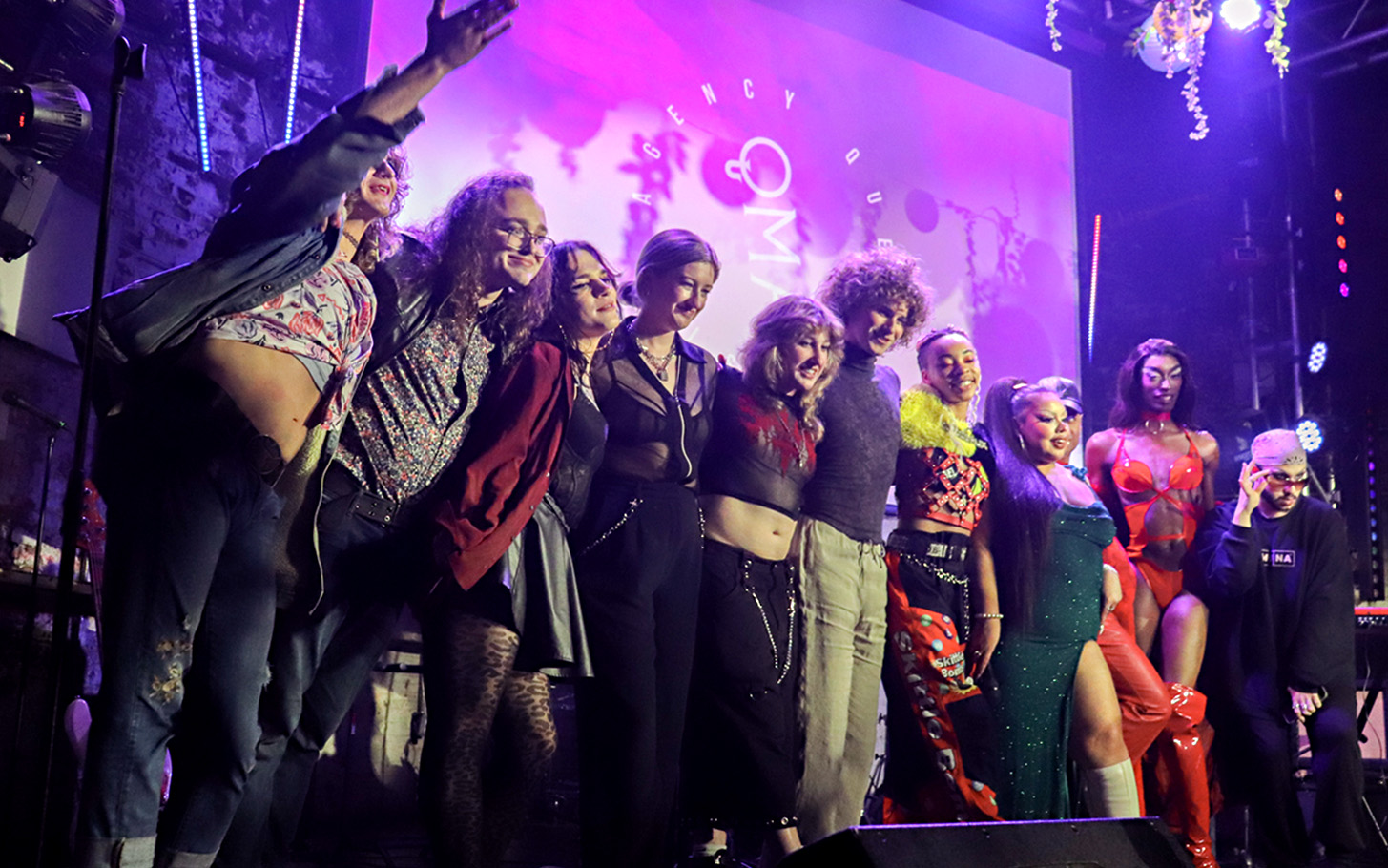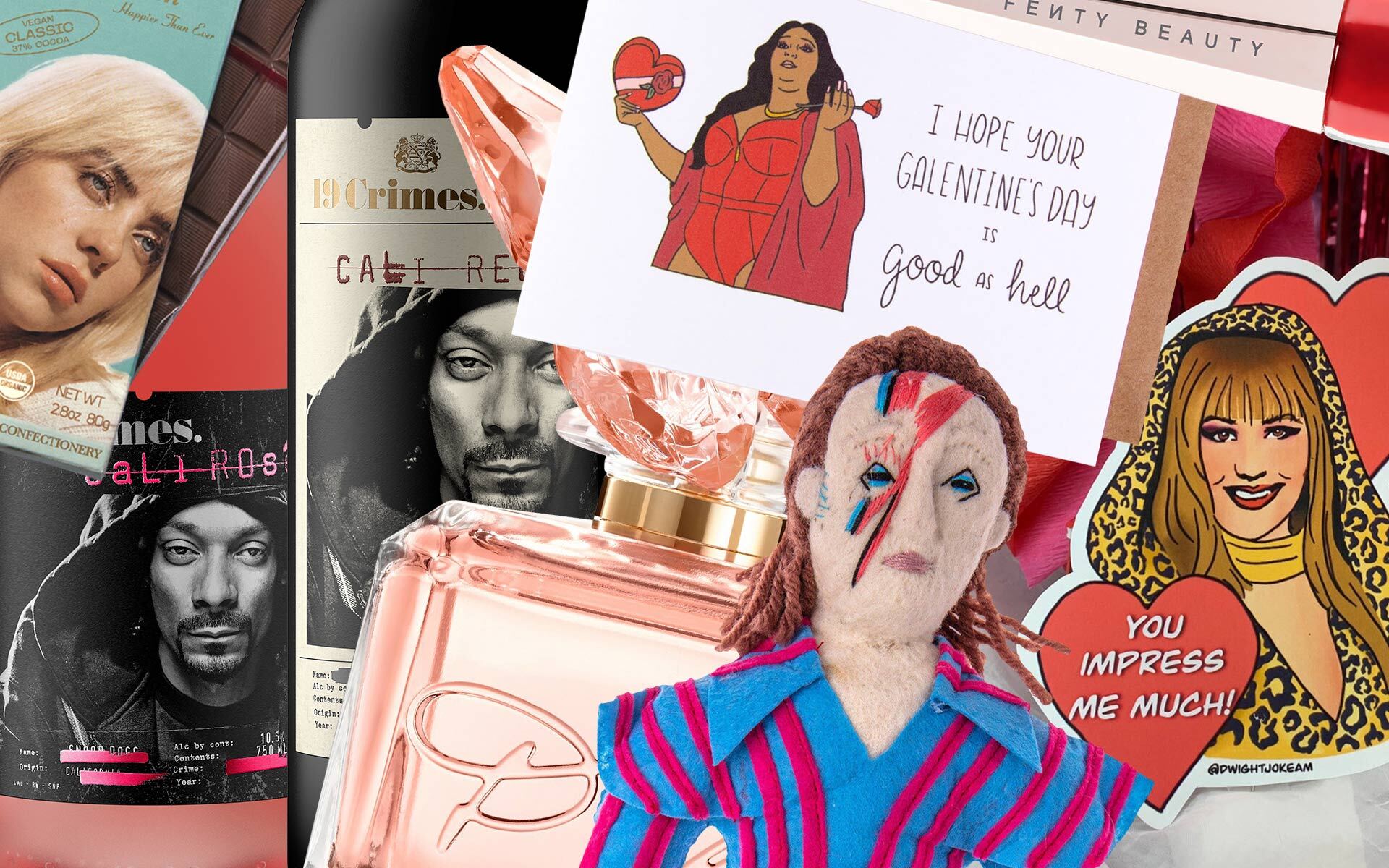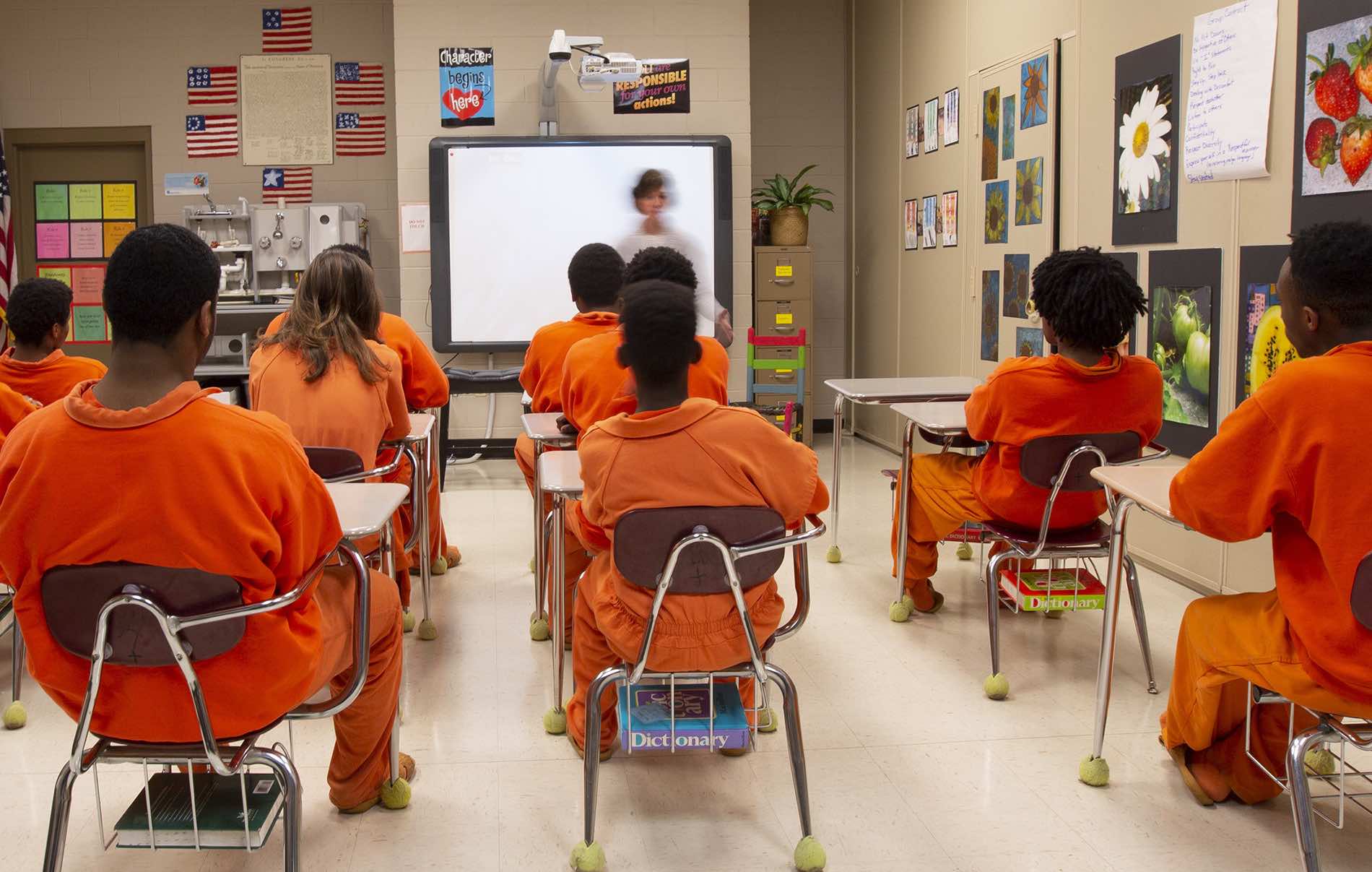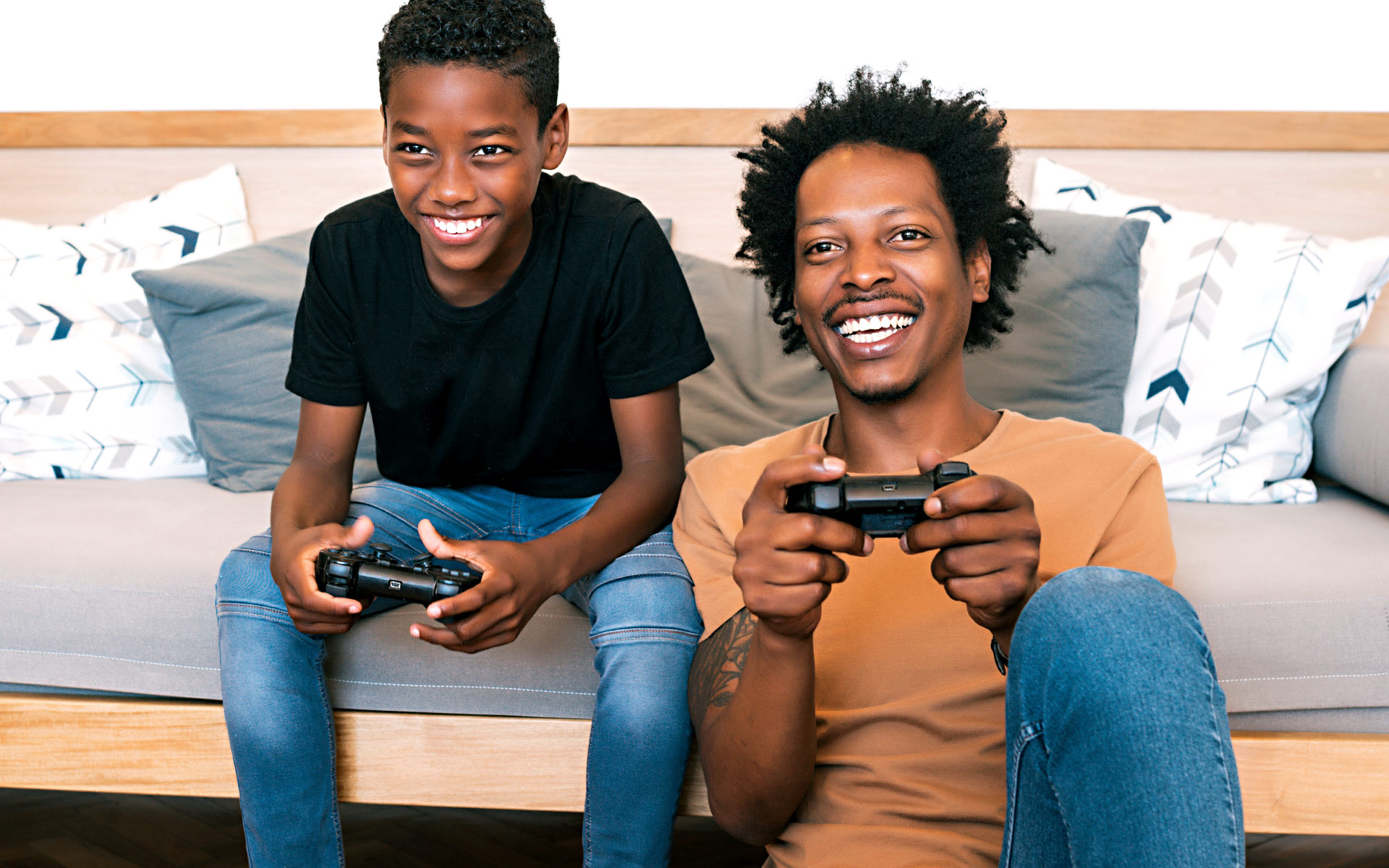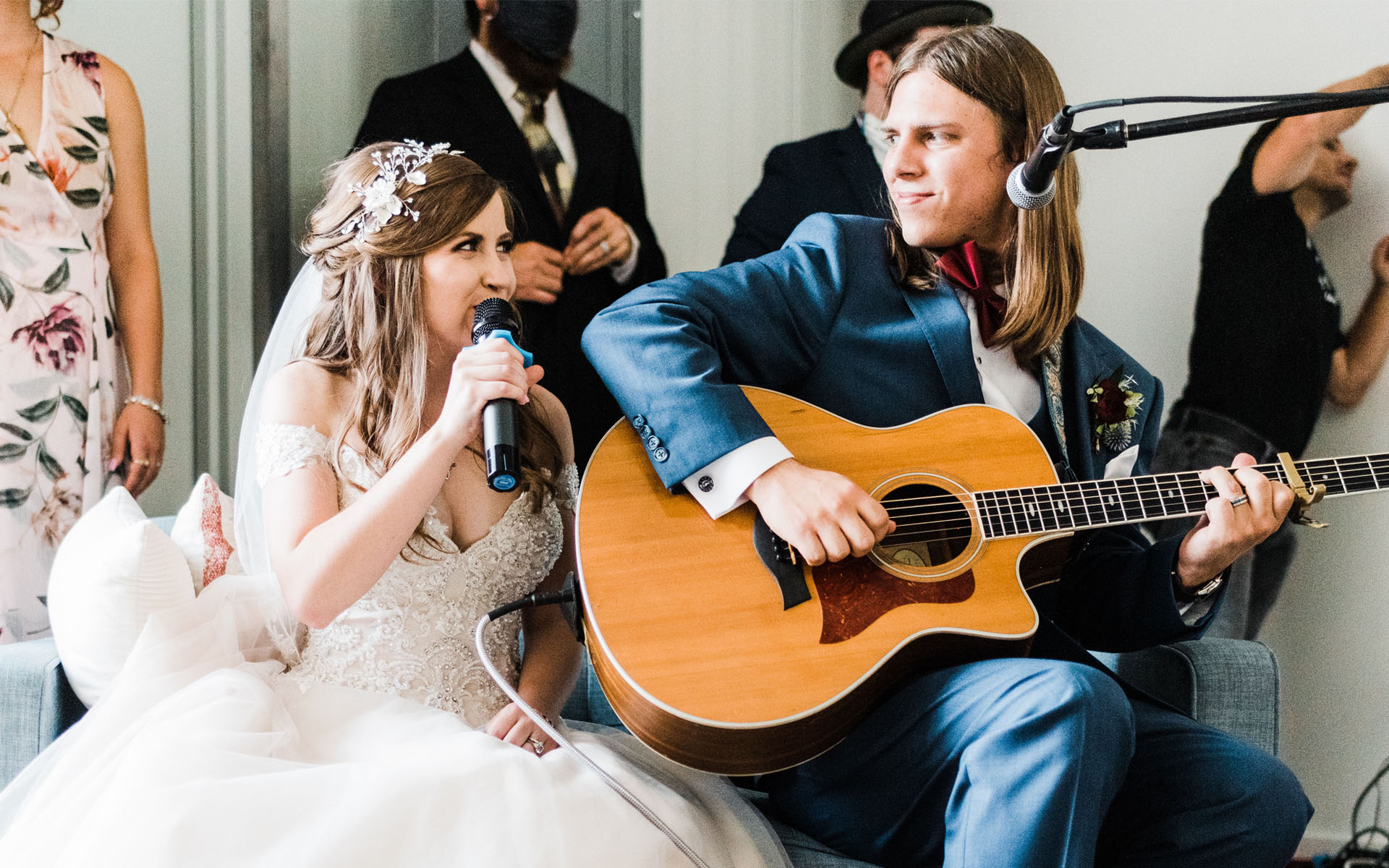The following information on Cuban music is excerpted from the Berklee Online course Latin Piano Styles, written by Nando Michelin, and currently enrolling.
As Cuban music rose to international popularity in the early twentieth century, and Cuban musicians started traveling to perform abroad, a natural mix of styles came about. This includes interaction with US jazz culture, which started in the mid-1920s and continues today.
Some Cuban musicians like Chucho Valdés started combining other music styles with traditional Cuban music. That’s Chucho pictured in the main image of this article. Chucho’s band, Irakere, was indeed a trailblazer, especially by using Afro-Cuban folkloric elements and funk/rock elements. Also, some musicians who were not from Cuba like Papo Lucca and Eddie Palmieri (who both come from Puerto Rican ancestry) became renowned artists that incorporated Cuban and jazz elements. Others like Gonzalo Rubalcaba (Cuba) and Danilo Pérez (Panamá) borrowed elements from Cuban music to come up with their own personal style of playing contemporary jazz music.
The musicians we will examine here opened the doors to all sorts of fusions between styles, and musicians from different parts of the world followed their example. You can follow along with the listening examples provided in a Spotify playlist on the berkleeonline account called “Cuban Fusion.”
You will also notice that some music terms are marked with an asterisk, and you can find their definitions at the very end.
Chucho Valdés
In 1941, Chucho Valdés was born in Quivicán, Cuba, to the great pianist Bebo Valdés. At age nine, Chucho entered the Conservatorio Municipal de la Habana where he graduated at age 14. Soon after, he joined his father on the bandstand, many times substituting for him and eventually taking over musical direction duties when his father left Cuba in 1960. In 1963, he joined the Orquesta del Teatro Musical in Havana (OTM), together with Carlos Emilio Morales, co-founder of the band Irakere, and sax legend Paquito D’Rivera.
In 1967, the Consejo Nacional de Cultura (Cuba’s National Culture Council) decided to establish a band called Orquesta Cubana de Música Moderna, with the intention of creating an all-star orchestra with the best jazz musicians. Its repertoire included jazz as well as Latin jazz, jazz-rock, and sometimes third-stream or symphonic jazz. The musicians in this band included some of the founding members of Irakere, and in this band they took the freedom to further experiment with the instrumentation, specifically adding batá drums and other Afro-Cuban percussion instruments, thus giving birth to the idea for Irakere.
Listen to “Mambo Influenciado,” a 12-bar D minor blues with added bebop-style chord changes (known as “Swedish blues” by bebop musicians), that uses several bebop melodic elements as well: arpeggios using chord tones, and chromatic approaches. Note how the intro fits perfectly the 2:3 clave* of the guaracha subgenre of Cuban music. Also very interesting is the use of the hemiola* on the first phrase of the melody (the phrase is made of two rhythmic phrases in 3/4, adding two beats at the end to fill the first two bars). This effect was used constantly by jazz greats Duke Ellington, Thelonious Monk, and Sonny Rollins.
Irakere
Founded in 1973, Irakere was the only band in Cuba to successfully put together a repertoire that crossed the line between instrumental jazz and popular dance music. Their sound brings together rock, funk, Afro-Cuban sacred and secular rhythms, Afro-Cuban sacred chants, European classical music, jazz, and several other rhythmic sources. The unique hybrid sound of the band, plus the high-level virtuosity of its instrumentalists, led to national and international acclaim. lrakere’s repertoire was divided into two styles: one jazz-oriented, with written arrangements and space for soloists, and another one of mostly danceable and sometimes highly commercial music.
Along with Chucho Valdés on piano, the group at that time had Jorge Varona and Arturo Sandoval (trumpets), Paquito (alto sax) and Carlos Averhoff (tenor sax), Carlos Emilio Morales (guitar), Carlos del Puerto (electric bass), Enrique Pla (drums), and Oscar Valdés II, Armando Cuervo, and Jorge “El Niño” Alfonso (Cuban percussion). Paquito and Arturo Sandoval went on to become two of the most influential musicians in Latin jazz.
Listen to “Aguanile Bonko” and “Bacalao Con Pan” for the junction of funk-style bass lines, guitar rhythm, and electronic sounds with the Cuban percussion and coro (vocal).
Cuban Sounds (from Outside of Cuba)
Despite not being Cuban, Papo Lucca from the neighboring island of Puerto Rico and Eddie Palmieri from New York, were pianists who greatly expanded the role of the piano as members of iconic salsa bands. Their beautiful arrangements included sections open for piano solos, bringing their virtuosic playing into the dance band format.
While their solos have a constant reference to montunos* and strong rhythmic phrases that sound traditionally Cuban, they are often mixed with a very strong reference to bebop and other modern jazz elements, including voicings in 4ths and hemiolas*.
Papo Lucca
Papo Lucca, (born in Ponce, Puerto Rico, in 1946) became widely known as a pianist, arranger, and the founder of La Sonora Ponceña, in which he started playing at age eight with his father. He also became known for performing with salsa icons such as Fania All-Stars, Willie Colón, Celia Cruz, Rubén Blades, and many more.
Listen to “Franqueza Cruel.” On the violin-piano trade, note the alternation of montuno and solo, and the use of two-handed lines, triplet lines, and contrary motion between both hands.
Eddie Palmieri
Known as one of the finest Latin jazz pianists of the past 50 years, Eddie Palmieri is also known as a bandleader of both salsa and Latin jazz orchestras. His playing combines the rhythm of his Puerto Rican heritage with the melody and complexity of his jazz influences: those of his older brother Charlie Palmieri, Thelonious Monk, Herbie Hancock, and McCoy Tyner.
Palmieri’s parents emigrated from Ponce, Puerto Rico to New York City in 1926, and he grew up in Spanish Harlem, which was then known as “El Barrio,” due to its large Latino community. Palmieri learned to play the piano early on, and at the age of 13 he joined his uncle’s orchestra, initially playing timbales.
Palmieri’s professional career as a sideman pianist took off in the early 1950s, and in 1961 Palmieri formed his own band, La Perfecta, which featured a front line of trombones rather than the three or four trumpets customary in the Cuban conjuntos of the son montuno* era. His innovative sound also more prominently mixed aspects of post-bop American jazz into Latin performances. Palmieri perfected his arranging skills in the 1970s, releasing several impressive recordings that reflected his unique approach to music, such as the groundbreaking 1970 release Harlem River Drive, which merged musical categories into a style that mixed elements of salsa, funk, soul, and jazz. In 1975, Palmieri won the first-ever Grammy for “Best Latin Recording” for his album The Sun of Latin Music.
Listen to “Azucar”: During the piano solo, pay close attention to how his left-hand ostinato* uses a characteristic montuno* phrase, over which he then continues to build his solo again using hemiolas* as well as blues elements, whole-tone scale phrases, and percussion-like effects.
A New Generation
Gonzalo Rubalcaba and Danilo Pérez are two highly influential pianists on the international jazz scene today. Their importance is independent of styles, both of them having achieved a very personal music expression that defies stylistic definition. Their creative processes were based on bringing their Latin background to mainstream jazz rather than bringing the influence of jazz to Latin music.
Gonzalo Rubalcaba
Gonzalo Rubalcaba was born on May 27, 1963, to a musical family in Havana. His father was the pianist, composer, and bandleader Guillermo Rubalcaba. Gonzalo was a child prodigy who by the age of six was playing drums in his father’s orchestra. Gonzalo started his formal training two years later, with piano as his main instrument. Upon graduation from the Institute of Fine Arts in Havana with a degree in composition, he already was working as both a drummer and pianist in local hotels, concert halls, and jazz clubs.
He toured Cuba, Europe, Africa, and Asia with the charanga (Cuban ensemble) Orquesta Aragón, while also performing as a sideman in jazz groups. Beginning in 1984 he led his own Afro-Cuban jazz-rock fusion band, Grupo Proyecto. He met Dizzy Gillespie and Charlie Haden as well as Blue Note Records president Bruce Lundvall, who introduced him to US audiences around 1986.
Listen to “Prologo Comienzo” to hear his stunning piano solo mixing traditional Cuban elements with jazz, blues, and funk with an impressive level of virtuosity.
Danilo Pérez
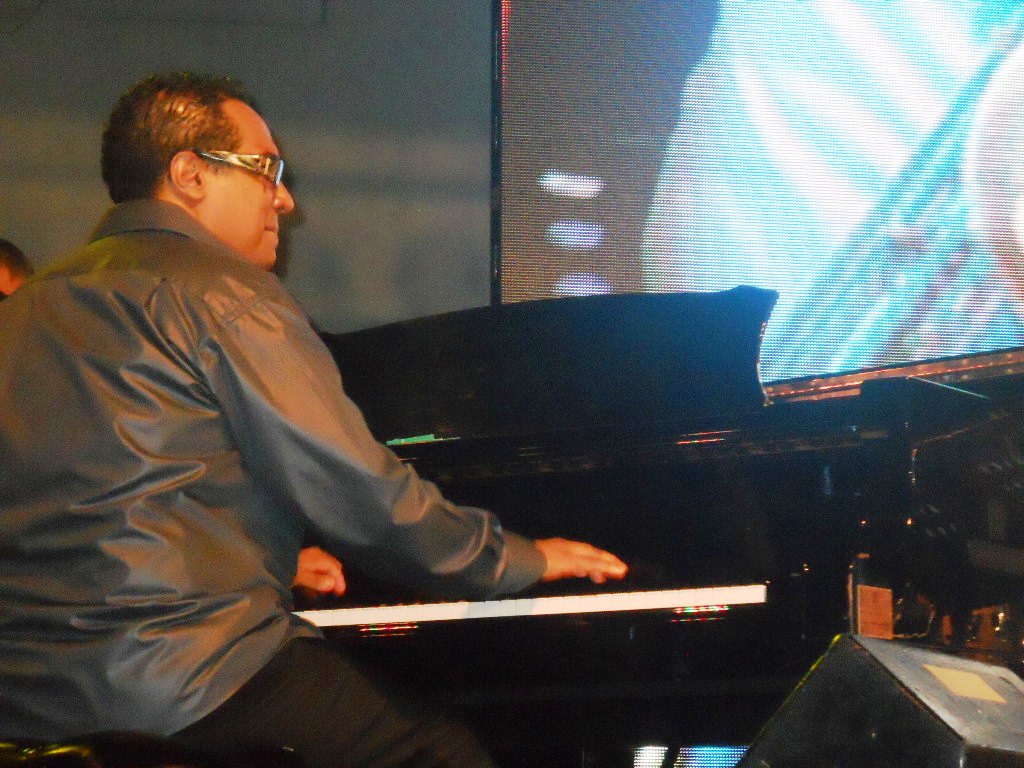
Danilo Pérez was born in Panamá on December 29, 1965. Son of a well-known singer and educator, Danilo started his formal music studies very early in life, while at the same time was always participating in music gatherings in his house playing percussion instruments. His father, having written a university thesis advocating for teaching all different subjects through music, applied this to Danilo’s education. His education continued in the US, where he attended none other than Berklee College of Music. In 1989 he joined Dizzy Gillespie’s United Nation Orchestra. Dizzy had a big influence on Danilo, encouraging him to express his uniqueness through music.
All of these experiences impacted and shaped Danilo’s understanding of music as an effective diplomatic tool. He implemented his vision with the Berklee Global Jazz Institute, which he founded and serves as artistic director.
Listen to “Friday Morning” and take note of the “rhythm changes” form and strong Cuban rhythmic style used by American drummer Jack DeJohnette (definitely look him up if you’re not familiar!).
As you can see with all of the artists we discussed, Cuban music had a huge impact on musicians who were both from Cuba, and on musicians from neighboring countries. We’re dealing with what could be understood as the generation of pianists that developed their art based on earlier pianists and recordings, continuing the evolution of the music that was based on folkloric elements and instruments.
With Cuban musicians touring abroad, and with jazz on the radio, we saw a fusion of styles that remained grounded in Latin rhythm to create entirely new sounds and subgenres. Continue to explore the music of these artists, because the more you listen, the better you will be at incorporating these sounds and styles into your own piano playing.
Clave
There are two clave patterns: son and rumba. Both the son clave and rumba clave can follow a 2:3 or 3:2 pattern. For a pianist, the idea of playing based on a clave is a very important one that defines the percussive characteristic of the instrument in Latin music in general. When we play based on a clave, we establish a strong sense of an implicit asymmetrical temporal cadence parallel to the pulse that is often also conveyed strongly to the audience.
Ostinato
A musical figure repeated persistently at the same pitch throughout a composition.
Montuno
A repetitive melodic pattern originally played by the string instruments such as the violin, Cuban tres, or Puerto Rican cuatro. Later adapted to the piano, these short, highly syncopated ostinatos* became known as montuno. The word montuno was also used to name a section added at the end of a son composition, in which there was room to improvise instrumentally, or add a vocal refrain.
Hemiola
A musical rhythmic alteration in which six equal notes may be heard as two groups of three or three groups of two.
Learn about Berklee Online’s Bachelor of Arts in Piano Performance degree program.







